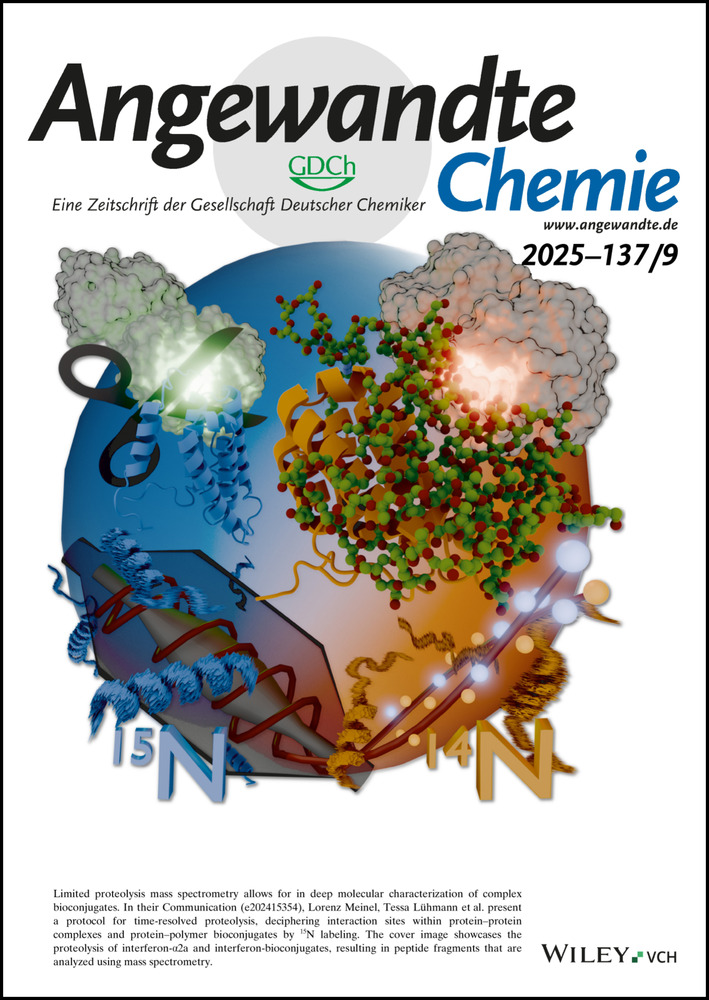Precise Identification of Native Peptides with Posttranslational Proline Hydroxylation by Nanopore
Abstract
Hydroxylation, an extensive post-translational modification on proline, is critical for the modulation of native protein structures, further dominating their functions in life systems. However, current mass spectrometry (MS)-based identification, could hardly distinguish hydroxylation with the neighboring oxidation due to the same mass shifts, as well as challenges posed by low abundance and exogenous oxidation during sample preparation. To address this, an engineered nanopore was designed, capable of discriminating single hydroxyl group on proline, to achieve the identification of proline hydroxylation on individual native peptides directly in mixture. By modeling the interaction between hydroxylated proline and its specific recognition protein, we introduced a hydrophobic region in aerolysin lumen with A224Y/T274W mutations to enhance the sensitivity for proline residue. The results showed that the proline hydroxylation on native HIF-1α fragments could be unambiguously identified without purification, which could be maintained even in the presence of neighboring oxidation. The voltage-dependent experiments further demonstrated the more relaxed peptide structure induced by hydroxylation that supported the great impact of hydroxylation on chemical properties of proline and the molecular mechanism of the specific recognition for hydroxylated proline in nature. These findings highlight the potential of nanopore for precise hydroxylation detection, offering a reliable platform for further uncovering the related functions in biological systems.
Conflict of Interests
The authors declare no conflict of interest.
Open Research
Data Availability Statement
The data that support the findings of this study are available from the corresponding author upon reasonable request.




